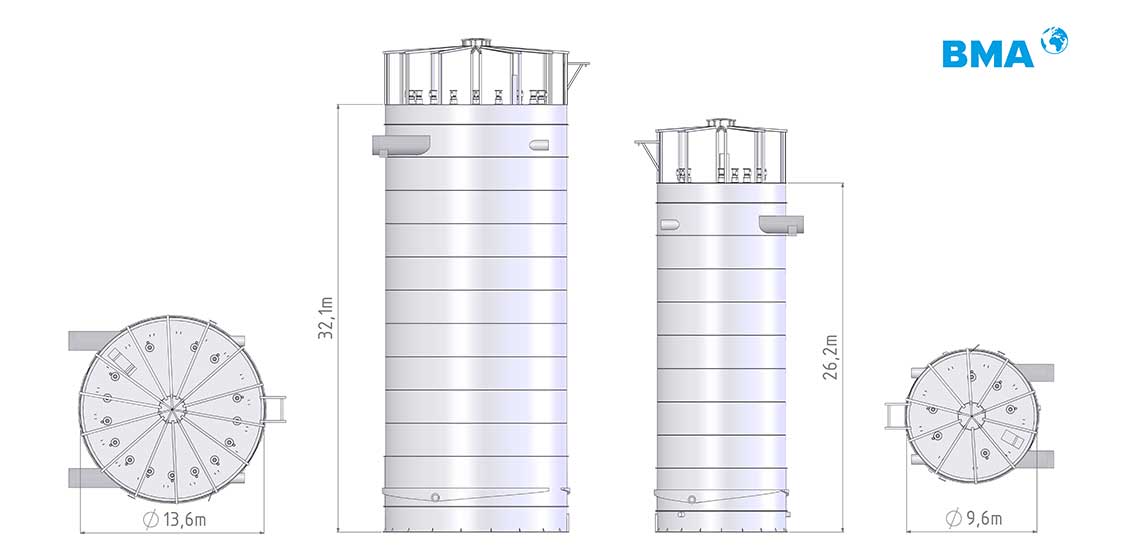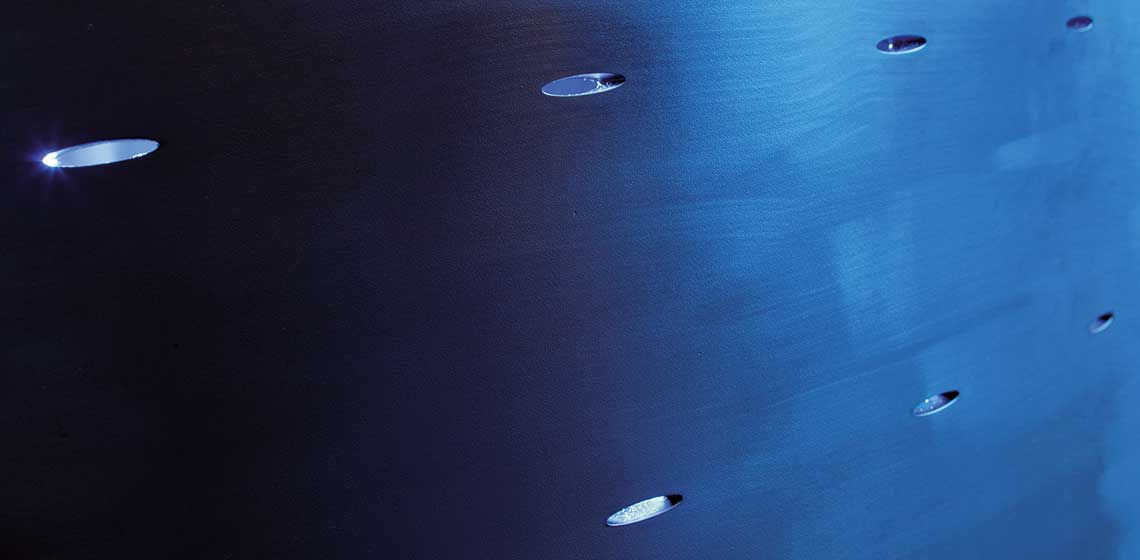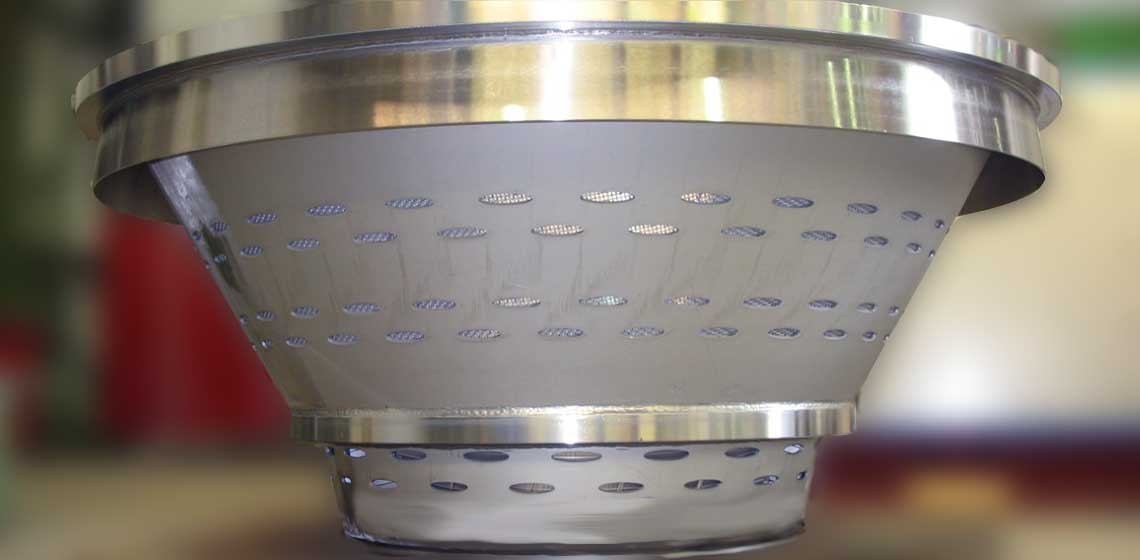Optimised BMA processes improve performance and protect the environment
01.07.2021
Good ideas, good protection: BMA patents for the sugar industry
In the last 150 years, BMA has developed and launched a whole range of processes and products. Patents play an important role in this respect, as they protect BMA’s innovations and expertise. They help us optimise our processes and protect the environment.
A good tradition: innovative ideas right from the start
A look at the early history of our company shows that already in December 1881, about four years after the first German patent office, the Imperial Patent Office, was founded in Berlin, the then Braunschweigische Maschinenbau-Anstalt was granted patent no. 18909. Its title: “Verschlussvorrichtung mit Ausschaltung an Filterpressen” (Locking device with power switch for filter presses). The patent was for a device that would make separation more efficient by permitting quicker opening of the filter press.
Elliptical openings for more efficiency
As we started back then, so we continue today. For instance, with the openings in centrifugal basket shells, which BMA has revolutionised. This milestone in the development of conical baskets for continuous centrifugals used in the separation of crystalline massecuite was achieved by BMA engineers with the support of a research institute. Instead of the usual round holes, the openings cut into the basket shell using an abrasive method are elliptical. They are staggered in both axial and circumferential direction in such a way that the contours of the individual openings overlap in axial direction, and openings cover the entire basket circumference. A particular benefit is that, with their overlapping contours and staggered arrangement, the openings almost form a slit across the basket circumference during centrifugation. This achieves a very large open area (ratio of openings to basket shell) and very short flow paths for the suspension liquid. Since the elliptical openings have a reduced notch effect, the material thickness of the basket shell can be significantly lower, so less mass has to be accelerated during centrifugation. This saves material and uses less energy – resulting in CO2 savings and protecting our climate.
Less disinfectant use
Another patent concerns the countercurrent principle in an extraction tower from BMA. Until 1994, the raw juice was discharged only via bottom screens. The drawback was that these would frequently become blocked or damaged because of abrasion, causing downtimes. The blockages also increased the risk of microbial contamination, which in turn led to an increased use of disinfectant. With the use of novel lateral screens, these problems could be solved and availability of the extraction plant significantly increased. The innovation from BMA has set standards: today, all extraction towers use lateral screens.
Optimised crystallisation process
Currently, BMA is developing a process for the production of crystals from mother liquor in a crystallisation apparatus. With continuous process control, the size of the seed crystals for nucleation is gradually increased without causing critical supersaturation, which results in secondary nucleation. This is made possible with special sensors that measure the critical level of nucleation, and the evaluation of the resulting data using an iterative approach. This innovative process under development by BMA makes an important contribution to resource efficiency, as it prevents uneven crystal size distribution followed by remelting and additional centrifugation. The separation process of crystals from massecuite becomes more effective overall and is less prone to failure. This helps reduce energy consumption and the use of resources.
Sweeteners without calories
BMA also carries out cutting-edge research into food industry issues – such as on non-caloric carbohydrates. Standard crystallisation methods are not suitable for these zero-calorie sweeteners, which are much in demand. A team of experts from BMA has embarked on the development of an economical process for the production of a sufficient number of crystallisation nuclei, as part of a continuous main crystallisation process using cooling crystallisation and/or pan boiling.
The prerequisites for viability – a continuous process, high efficiency and a large output – have already been demonstrated on a semi-industrial scale. As we would in the past, we have filed an application to have this process, the intellectual property of BMA, protected by international patent.



